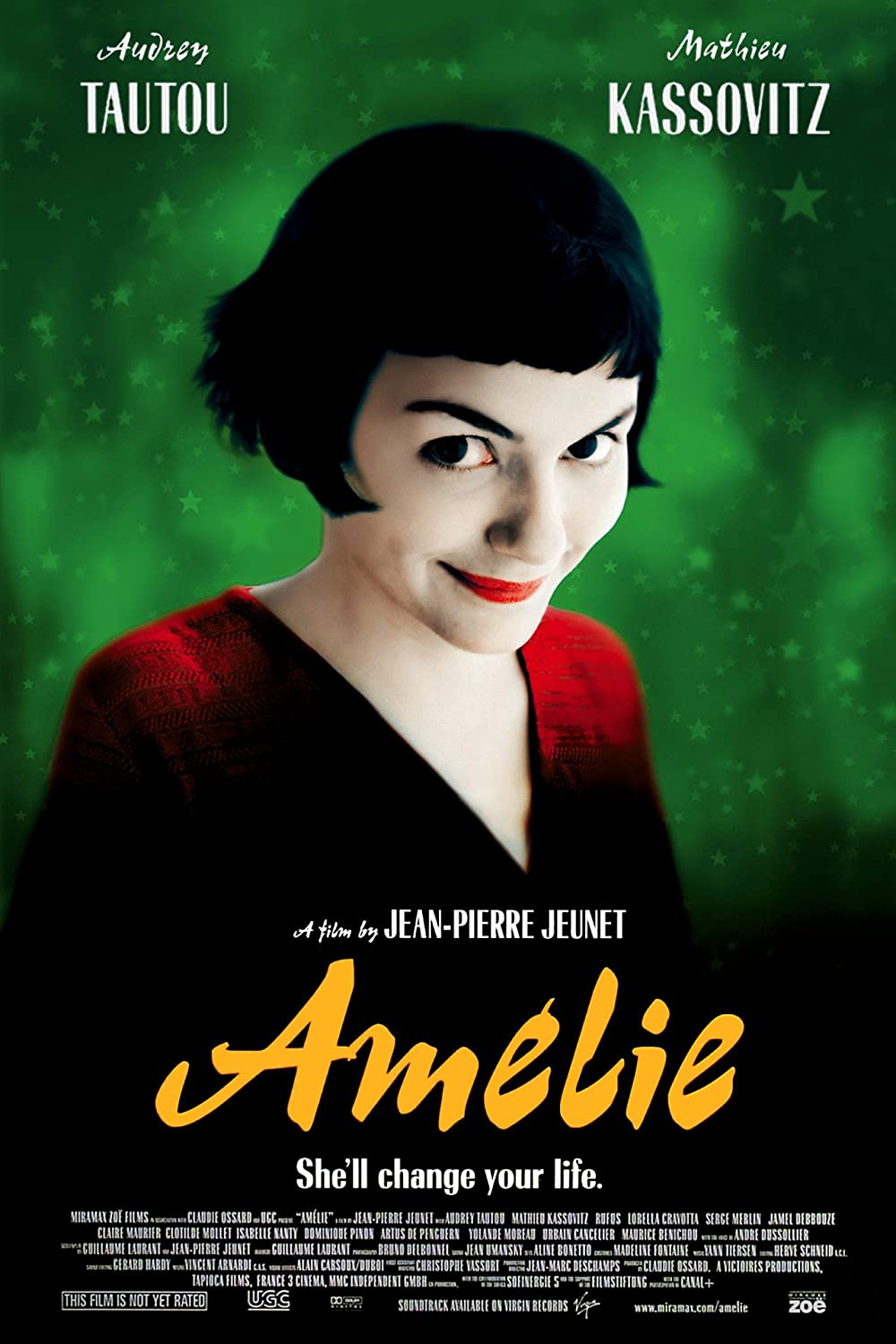Amelie”, directed by Jean-Pierre Genet, is a film and work of art with a classical French style and charm. Since its release in 2001, the film has been shown in more than forty countries around the world, and this unique film with French national characteristics has thus conquered the hearts of audiences around the world.
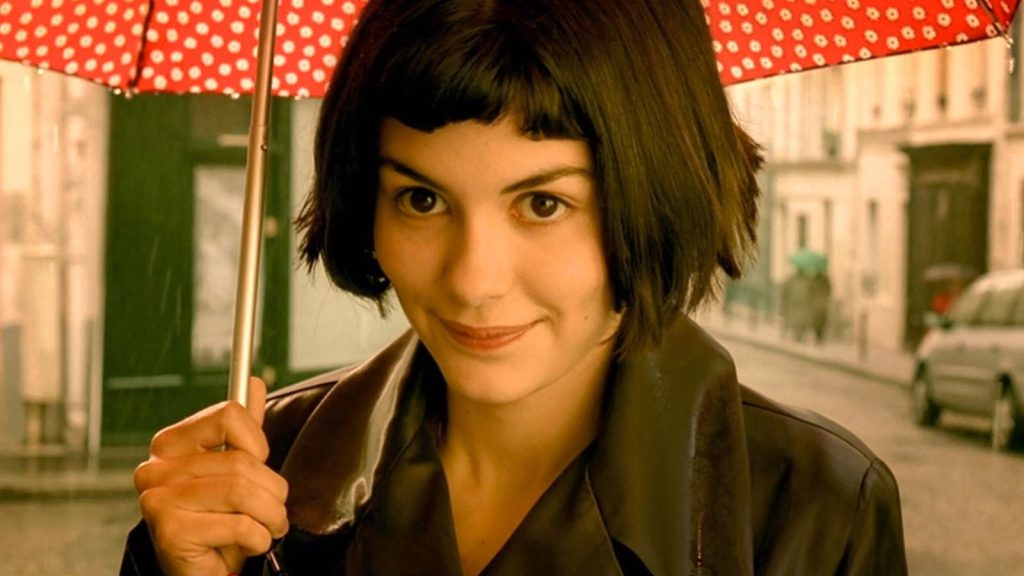
The history of a girl, Emilie, who grows up from a confused and lonely young girl to a curious and cautious clerk in a small store. She is full of unique ideas about all the seemingly mundane things in the world. Her peaceful life is suddenly shattered by a small metal box containing the memories of another person, and Emily decides she wants to return the box to its owner. So she began to interact with different people, like listening to the neighbor’s wife read the letter, or look at the glass old man painting, she is kind-hearted and vicious, although sometimes out of the blue prank, but this more permeated her cute and simple. Such a girl Emily is vivid, is worthy of belief.
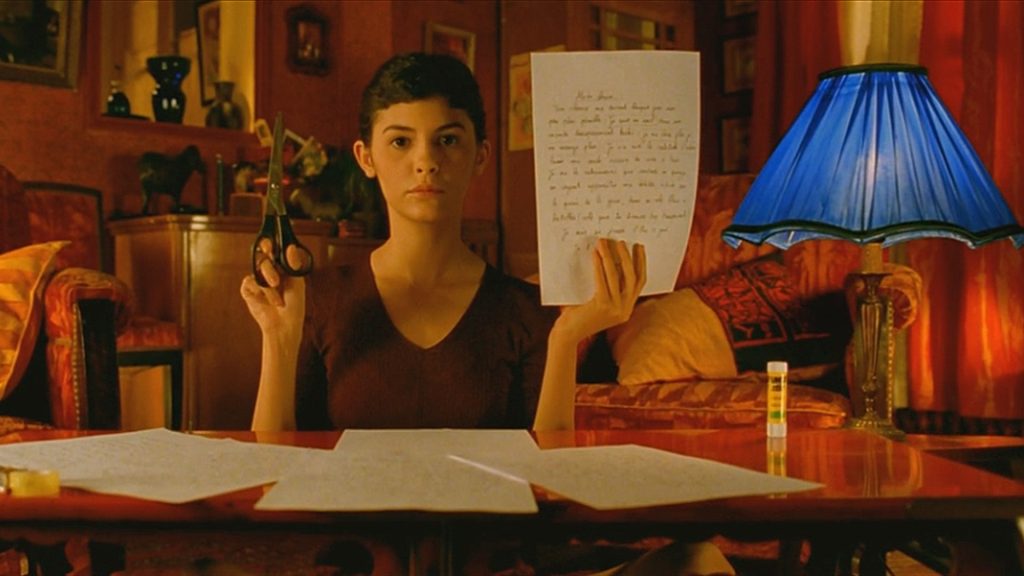
This movie, as a creation of the famous French director Jean-Pierre Genet, has a unique style of French cinema, always with a touch of romance, relaxation and refinement. Unlike the Hollywood blockbuster model we are used to seeing, this film always has a warm and humorous human touch. The soulful action mirroring and refreshing narrative is so funny that it won’t make you nervous, it will make you laugh out loud, watch the film as they smile from time to time, and feel the full spirit of the actors and director. The film’s lead actress Audrey Tudor is a very personal actress, no out of place performance, not much to say, but comfortable and cozy in making gestures, everything is very natural.
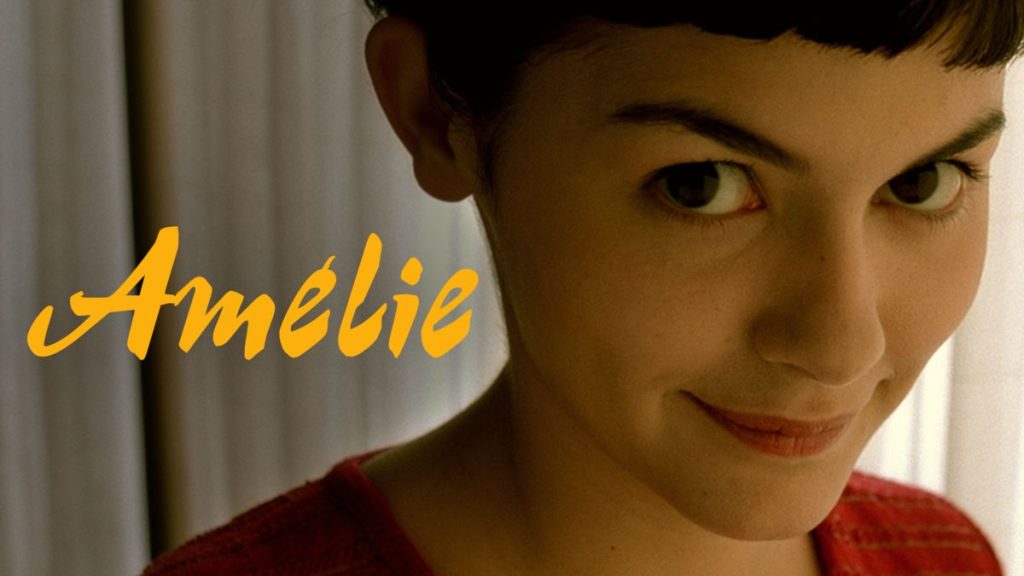
At the same time, the film “Amelie” can be described as a picture of high saturation color. It is colorful without being confusing. The film’s frame is very clean, and although there are many colorful objects piled up all over the film’s home, the placement does not seem to be a messy pile, but a carefully designed over to match the overall tone of the screen’s color layout. The film spares no effort to create the beauty of harmony in each shot for the audience, to meet the audience’s need for visual balance of color, to show the diversity contained in the unity, to achieve color harmony, and to bring the audience extraordinary visual enjoyment.
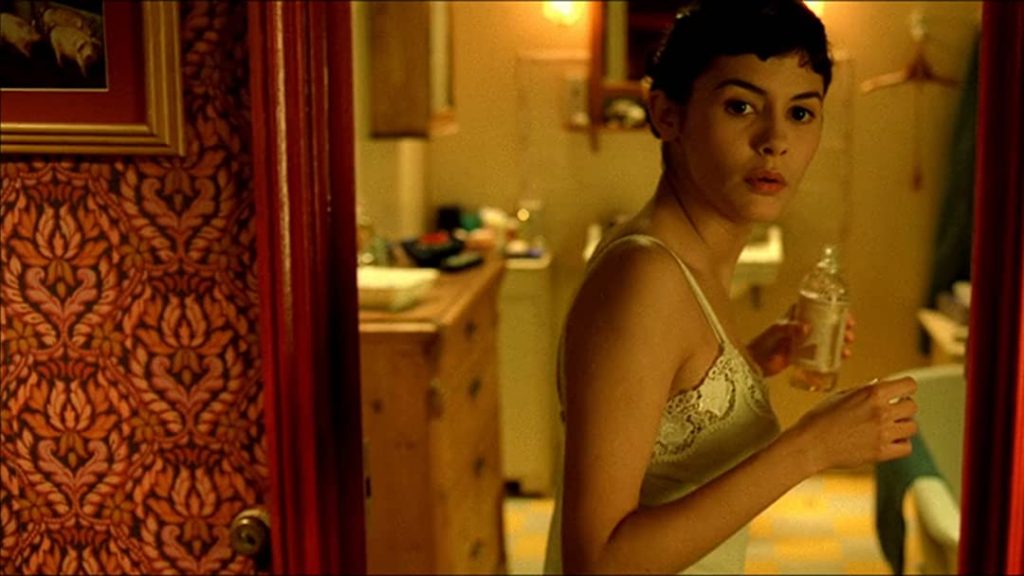
The film speaks of precisely the dilemma encountered by individuals in each city who desire to communicate with others but are afraid of rejection and prefer to remain in their castles and talk to themselves. Entertaining themselves. Jean-Pierre Genet’s film is bright and warm, and the seemingly light-hearted images of Paris actually carry a serious theme of life: the isolation between people is of their own making, and if someone can be brave enough to try to break the isolation and establish a spiritual communication, then life can seem like a wonderful meeting and encounter with each other. Emily’s bravery in entering someone’s life and trying to bring joy to others is what makes the film so moving.
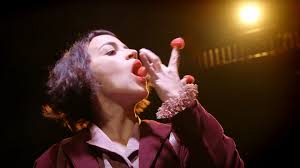
Overall, “Amelie” uses a unique French image processing style that blends the beautiful 1950s Paris, the artistic painting tones and the video style. The cinematography style of the film continues the beautiful and durable look of European cinema, and the director has ultimately turned the love expressed based on color and light into a faint and beautiful atmosphere, enough to spread warmth throughout the body. In the creation of this film, photography is no longer just a means to an end; it has been sublimated into an artistic entity and gives us a strong sense of immersion. This humanistic touch and excellent creative techniques make this film a heart-warming masterpiece that will remain in the history of cinema.
